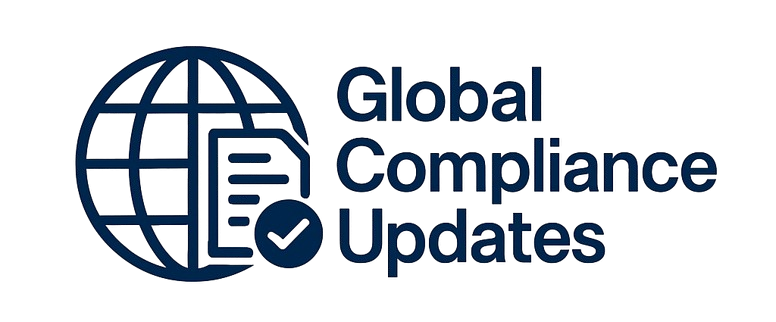Emotional Intelligence refers to your ability to recognize and manage your own emotions, recognize and respond to the emotions of others and build effective relationships at work. Developing self-awareness promotes increased productivity and higher job satisfaction. These changes can also lead to improved communication, increased empathy, and better interpersonal rapport and relationships.
Using practical applications of emotional intelligence concepts you will learn how to connect better with others, manage your stress, and discover the triggers that set you off.
WHY SHOULD YOU ATTEND?
Understanding EI and mastering the skills involving emotional intelligence will greatly help you and your team in difficult situations. The Emotional Intelligence course presented here aims to familiarize you with EI. So this course is an introduction to the field.
This webinar will help you identify the practical steps you can take to recognize the 12 signs of emotional intelligence and help you develop your emotional intelligence.
LEARNING OBJECTIVES
Introduction to Emotional Intelligence
- What is Emotional Intelligence and why should it matter?
- Recognize behaviors associated with emotional intelligence
- The 12 Signs of Being Emotionally Intelligent
What is emotion? And how does “Emotional Hijacking" take place?
Self-Management
- How to take advantage of the power of optimism?
- How to manage your anger effectively?
Self-Motivation-How to motivate yourself?
Empathy-How to have empathic communication with others?
Social Awareness
- How do have effective group interactions?
- How to listen positively?
WHO WILL BENEFIT?
Anyone who wants to maximize their business relationships for continued success increases their self-awareness and emotional management through emotional intelligence skills.
- Senior HR executives
- HR leaders
- Members of the senior executive team
- Directors, coordinators, and supervisors
- Anyone leading and driving leadership and organizational culture transformation
Understanding EI and mastering the skills involving emotional intelligence will greatly help you and your team in difficult situations. The Emotional Intelligence course presented here aims to familiarize you with EI. So this course is an introduction to the field.
This webinar will help you identify the practical steps you can take to recognize the 12 signs of emotional intelligence and help you develop your emotional intelligence.
Introduction to Emotional Intelligence
- What is Emotional Intelligence and why should it matter?
- Recognize behaviors associated with emotional intelligence
- The 12 Signs of Being Emotionally Intelligent
What is emotion? And how does “Emotional Hijacking" take place?
Self-Management
- How to take advantage of the power of optimism?
- How to manage your anger effectively?
Self-Motivation-How to motivate yourself?
Empathy-How to have empathic communication with others?
Social Awareness
- How do have effective group interactions?
- How to listen positively?
Anyone who wants to maximize their business relationships for continued success increases their self-awareness and emotional management through emotional intelligence skills.
- Senior HR executives
- HR leaders
- Members of the senior executive team
- Directors, coordinators, and supervisors
- Anyone leading and driving leadership and organizational culture transformation
Speaker Profile
 Margie Faulk
Margie Faulk
Margie Faulk is a senior level human resources professional with over 15 years of HR management and compliance experience. A current Compliance Advisor for HR Compliance Solutions, LLC, Margie, has worked as an HR Compliance advisor for major corporations and small businesses in the small, large, private, public and Non-profit sectors. Margie has provided small to large businesses with risk management strategies that protect companies and reduces potential workplace fines and penalties from violation of employment regulations. Margie is bilingual (Spanish) fluent and Bi-cultural.Margie’s area of expertise includes Criminal Background Screening Policies and auditing, I-9 document correction and storage compliance, …
Upcoming Webinars

ChatGPT and Project Management: Leveraging AI for Project M…

Workplace Investigations 101: How to Conduct your Investiga…

Project Management for administrative professionals

The Monte Carlo Simulations in Excel for Risky Investments

Onboarding is NOT Orientation - How to Improve the New Empl…

Dealing With Difficult People: At Work & In Life

Transform Data into Insights: A Beginners Guide to Excel Pi…

Construction Lending And Real Credit Administration: Evalua…

Understanding Accounting for non - Accounting professionals

Harassment, Bullying, Gossip, Confrontational and Disruptiv…

New Form 1099 Reporting Requirements: 2025 Compliance Update

Human Error Reduction Techniques for Floor Supervisors

HR Metrics and Analytics 2025 - Update on Strategic Plannin…

Treating Employees Like Adults: Discipline versus Empowerme…

7 Ways To Beat Burnout: Without Quitting Your Job


How to Write Procedures to Avoid Human Errors

Handbook Overhaul 2026: Compliance, OBBB Act & Beyond

FDA Proposes Framework to Advance Credibility of AI Models

Ethical Terminations: Navigating Employee Exits with Legal …

Understanding EBITDA – Definition, Formula & Calculation

Project Management for Non-Project Managers - Scheduling yo…

4-Hour Virtual Seminar on Hidden Secrets of Selling & Marke…

Validation Statistics for Non-Statisticians

Data Integrity and Privacy: Compliance with 21 CFR Part 11,…


The Alphabet Soup: When the FMLA, ADA, COBRA, and Workers' …

Talent Management: How to Leverage AI and ChatGPT Tools for…


Offboarding with Care: Conducting Legal & Ethical Employee …

2-Hour Virtual Seminar on How to Conduct an Internal Harass…

Payments Fraud Detect & Prevent Check, ACH and P-Card Schem…

Managing Toxic & Other Employees Who have Attitude Issues



Reduce Stress in the Workplace: Effective Ways to Handle Co…





Excel - Pivot Tables - The Key To Modern Data Analysis and …
